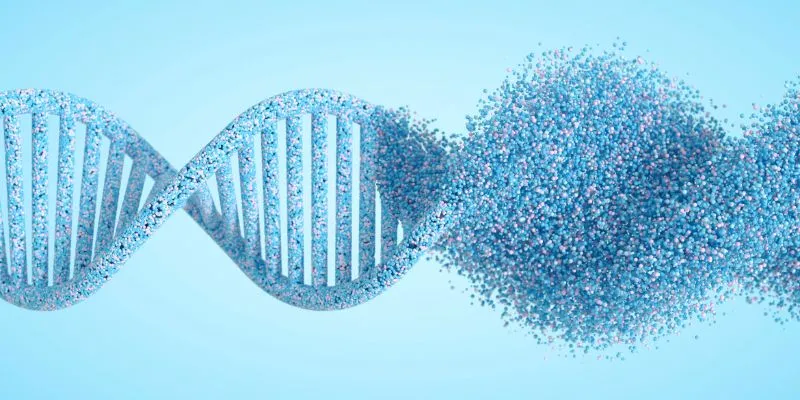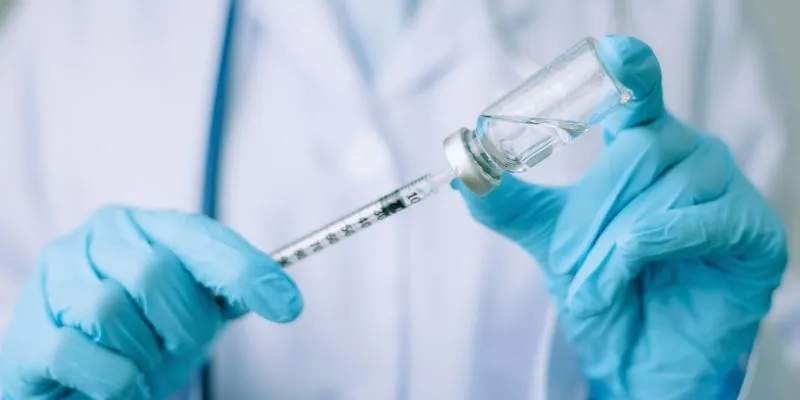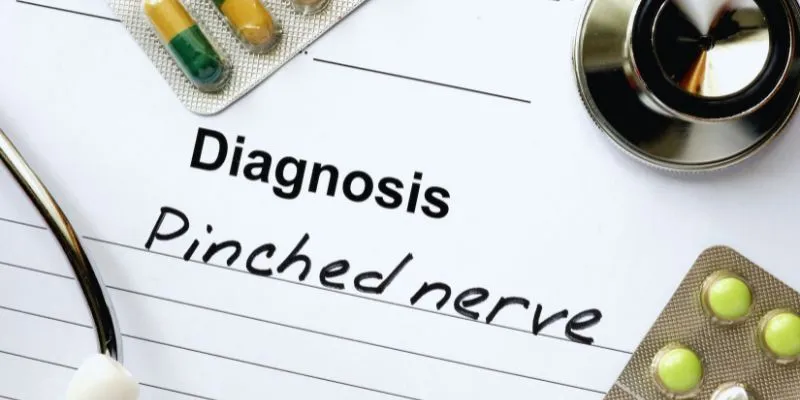Symptoms Associated With Noonan Syndrome
Noonan syndrome is a rare genetic disorder that impacts physical development and growth. Individuals of all ages may experience various physical and medical challenges. Early diagnosis is crucial to manage symptoms effectively. The syndrome can lead to distinctive facial features, heart problems, and delayed developmental milestones.
While some symptoms manifest at birth, others may appear later. Recognizing early indicators is vital for effective treatment and care. Parents and caregivers should seek immediate assistance upon noticing these signs. Let’s explore the primary symptoms of Noonan syndrome.

What Is Noonan Syndrome?
Noonan syndrome is a hereditary condition that affects both men and women. It can be inherited from a parent or result from a random genetic mutation. The severity of the condition varies, affecting each person differently. Individuals with Noonan syndrome may have heart defects, short stature, and unique facial characteristics. These features can aid in quicker identification of the disorder.
Additionally, some symptoms may not emerge until much later in life. Noonan syndrome also impacts the functioning of various organs, including the kidneys, lungs, and heart. Regular medical check-ups are essential for managing these issues. Early intervention improves the quality of life for those with this condition. Understanding the symptoms of Noonan syndrome involves knowing its causes and effects.
Physical Features of Noonan Syndrome
Individuals with Noonan syndrome often exhibit distinct physical features. These traits can be observed at birth or develop over time. Typical facial features include a short neck, widely spaced eyes, and a broad forehead. The eyes may appear bluish with drooping eyelids, and the ears are often low-set and rotated backward.
Children with Noonan syndrome may be shorter than their peers. Growth hormone treatments can assist in increasing height. Their chest may appear broad or sunken. Other physical signs include skin issues, such as extra skin folds or thicker skin, and coarse or curly hair. Early recognition of these physical traits can lead to faster diagnosis and treatment.
Heart Defects in Noonan Syndrome
Heart problems are a common symptom of Noonan syndrome. Some heart issues may be present from birth, necessitating regular cardiac evaluations. Pulmonary valve stenosis is the most frequent cardiac abnormality in Noonan syndrome, affecting blood flow from the heart to the lungs. Another common issue is hypertrophic cardiomyopathy, where the heart muscle thickens, making it harder to pump blood.
While some individuals have minor cardiac defects with few symptoms, others may require medication or surgery to manage their heart condition. Early detection of cardiac defects is crucial to prevent complications. Cardiologists play a significant role in managing the heart-related symptoms of Noonan syndrome.
Developmental Delays in Noonan Syndrome
Developmental delays can affect children with Noonan syndrome, impacting social, cognitive, and physical development. Physical delays include slower motor skills development and growth. Children may achieve milestones such as sitting, crawling, or walking later than usual. Cognitive delays can affect learning abilities, with some children experiencing difficulties in memory, focus, or problem-solving. However, many children with Noonan syndrome have normal IQs.
Speech and language delays are also common. Children may struggle to form sentences or begin speaking at a later age. Social delays can affect peer interactions, and children may need support to develop social skills. Early intervention programs can help manage developmental delays. Speech therapy, physical therapy, and educational support are crucial for improving outcomes.

Blood and Clotting Issues in Noonan Syndrome
Noonan syndrome can affect blood clotting ability, leading to frequent bruising or prolonged bleeding. These clotting issues can pose risks during injuries or surgeries. It’s essential to inform doctors about the condition before any medical procedure. Bleeding problems in Noonan syndrome may result from a low platelet count or abnormal platelet function, leading to excessive bleeding from minor injuries.
Some individuals may also experience anemia or other blood-related disorders. Regular blood tests are necessary to monitor these conditions. Managing clotting issues may require medication. Parents and caregivers should be vigilant for signs of unusual bleeding.
Hearing and Speech Issues in Noonan Syndrome
Hearing problems are common in individuals with Noonan syndrome and can affect speech and language development. Structural abnormalities in the ears may cause hearing loss, and fluid buildup in the middle ear can lead to temporary hearing loss. Speech issues are also prevalent, with children potentially facing pronunciation challenges or delayed speech onset.
Speech therapy can improve communication skills, and hearing aids may be necessary for those with significant hearing loss. Parents should closely monitor their child’s hearing and speech development. Early intervention can reduce the impact of these issues on social interactions and learning.
Mental Health Issues in Noonan Syndrome
Noonan syndrome can also affect mental health, leading to social withdrawal, anxiety, or depression. Children with developmental challenges may have low self-esteem, feeling isolated or different from peers. Counseling and therapy can address mental health concerns, and support groups provide a sense of community and understanding.
Parents and caregivers should watch for signs of mental health issues. Early intervention can improve overall well-being. Encouraging positive social interactions and providing emotional support are vital. Mental health plays a crucial role in managing Noonan syndrome.
Conclusion
Noonan syndrome impacts various aspects of life. Early identification of symptoms can improve outcomes. Understanding these signs is essential for accurate diagnosis, from physical features to developmental challenges. The management of the condition relies heavily on parents, caregivers, and medical professionals. Early interventions and regular medical visits enable individuals to lead better lives. Awareness of Noonan syndrome’s symptoms is crucial for effective treatment and support, ensuring a higher quality of life.











